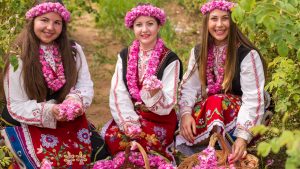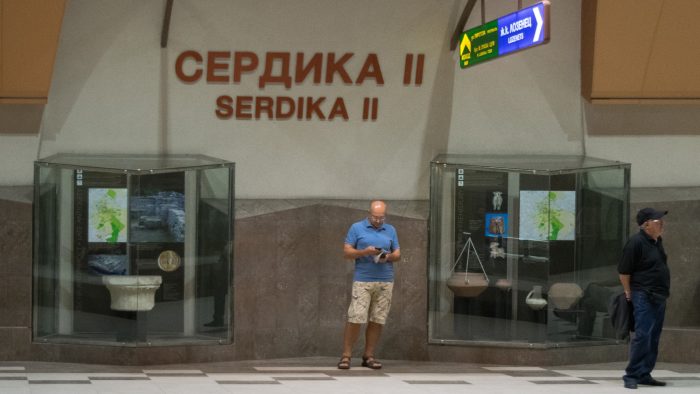Bulgaria Travel Guide
At the heart of the ancient world, Bulgaria’s archaeological heritage is under-explored. Many of the sites are on a par with those in neighbouring Turkey and Greece, but the big difference for the visitor to Bulgaria is that there are none of the huge crowds. Bulgaria has some 40,000 archaeological and historical sites, seven of which are included on the UNESCO List of World Heritage Sites and a further eight are on the tentative list. These sites range in date from the earliest farmers some 8,000 years ago to extraordinary monuments constructed during the Communist period.
Reasons to Visit Bulgaria

Thracian Tombs,

Empires & their Forts,


About Our Bulgaria Travel Guide
Whether you want to visit a few highlights of Bulgaria’s heritage or are planning a more extensive trip, you are sure to find what you need here. From recommendations for the best sites and museums to visit to more extensive thematic lists. From suggested itineraries to tools to create your own itinerary and travel lists. As well as many other resources, travel tips and ideas. This guide focuses on the art, archaeology and history of Bulgaria through the various sites, landmarks and museums open to the public. It is produced and maintained by Thomas Dowson, the founder of Archaeology Travel. Thomas travel extensively throughout Europe, and has visited Bulgaria a number of times since 2015. Read more about the authors and how we create these guides, as well as our mission and vision. The page was last checked and/or updated on 25 October 2023.
Interesting Things to Know About Bulgaria
Since Bulgaria was founded and named as such by Khan Asparuh in 681 AD, it is the only country in Europe that hasn’t changed its name.
Bulgaria produces around 85% of the world’s rose oil. For centuries the Damask Rose has been grown in what is called the Rose Valley, centred on the towns of Kazanlak and Karlovo. From mid May into the first week of June, the area hosts the annual Bulgarian Rose Festival. And has been doing so since 1903. The area broadly corresponds with the Valley of the Thracians, so called because of the concentration of Thracian tombs.
Find Places to Visit in Bulgaria
Featured Attraction

SERDIKA II METRO STATION
Gateway to Sofia's Roman Past
Inspiration & Itineraries
Five Popular Attractions in Bulgaria





A Brief History of Bulgaria for the Traveller

Bulgaria: Stone Age Sites to Communist Landmarks
Explore Bulgaria more deeply
Where to Go in Bulgaria
North West
South West
North Central
South Central
North East
South East
Historic Cities in Bulgaria
Nessebar
Sofia
Stara Zagora
Plovdiv
Varna
What to See in Bulgaria

Thracian Tombs & Treasure

Roman Bulgaria











